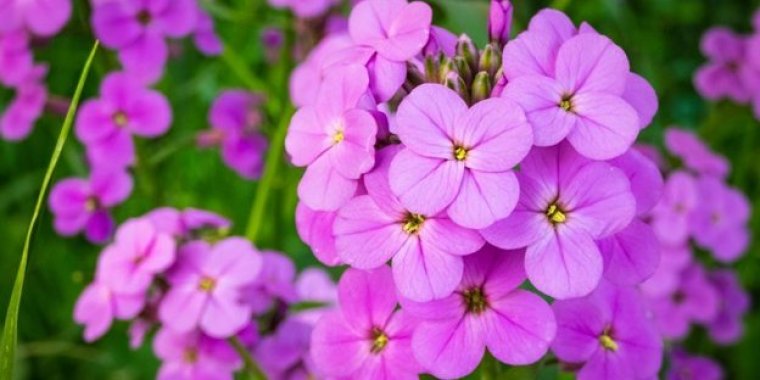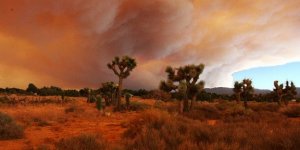| News / Science News |
Scientists link flower color changes with climate fluctuations
Scientists at Clemson University have linked climate fluctuations over the past one and one-quarter centuries with flower color changes.

Researchers have linked flower color changes with climate fluctuations. Photo: Clemson University
Researchers combined descriptions of flower color from museum specimens dating back to 1895 with climate data to link changes in temperature and aridity with color changes in the human-visible spectrum (white to purple).
The study showed that changes varied across taxa.
"Species experiencing larger increases in temperature tended to decline in pigmentation, but those experiencing larger increases in aridity tended to increase in pigmentation," said Cierra Sullivan, lead author of the paper. Matthew Koski co-authored the paper.
"Although we see these changes in flower color, that doesn't inherently mean it's doomsday, because the forest, plants and animals naturally respond to what's going on in their environment," said Sullivan. "Seeing changes is not necessarily bad, but it's something to which we should pay attention."
Researchers selected 12 species in North America, representing eight families and 10 genera. After they obtained the date of specimen collection and latitudinal and longitudinal coordinates, they added historical bioclimate data from the year and month the plant was collected: monthly precipitation; minimum, maximum and mean temperature; minimum and maximum vapor pressure deficit (VPD); and dew point temperature.
VPD is the difference between the amount of moisture in the air and the amount of moisture that can be held when the air is saturated. It has implications for drought stress in plants -- higher VPD means more water loss from plants.
Researchers were able to get complete data sets for 1,944 herbarium specimens. They found variation among the 12 species. Some increased in pigmentation while others declined over the past century.
"It was all tightly linked to how much climate variation they experienced over time across their range," Koski said. (National Science Foundation)
YOU MAY ALSO LIKE





